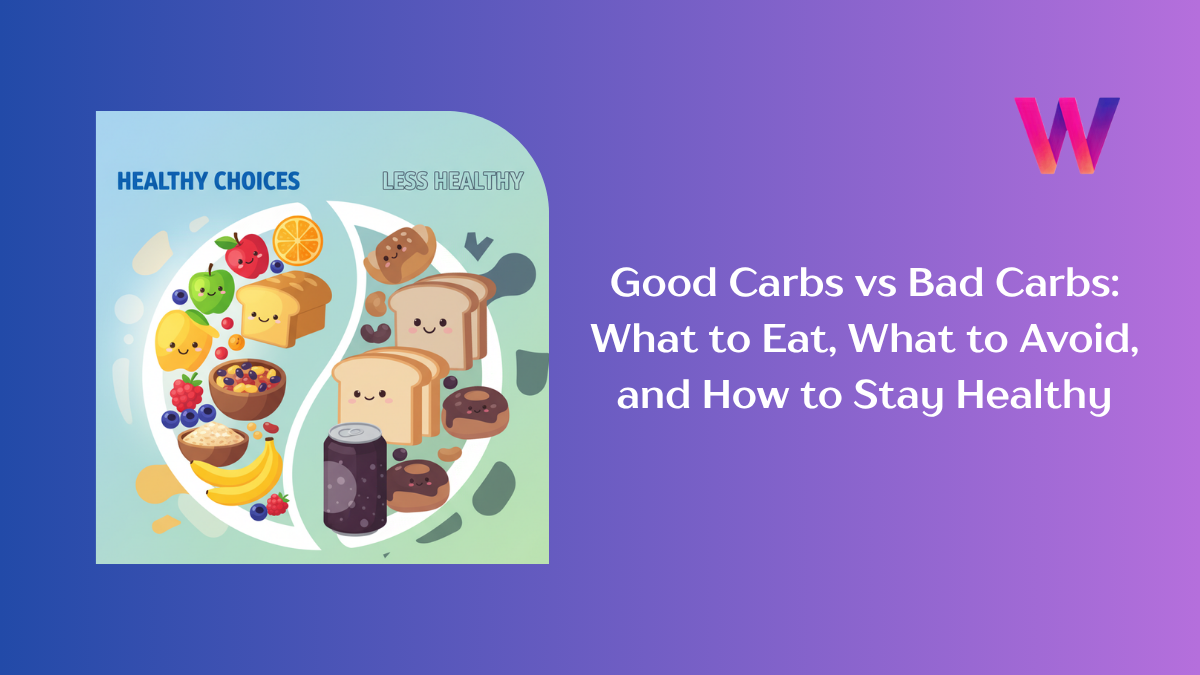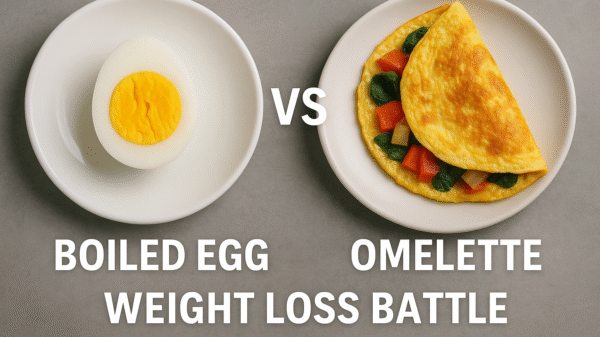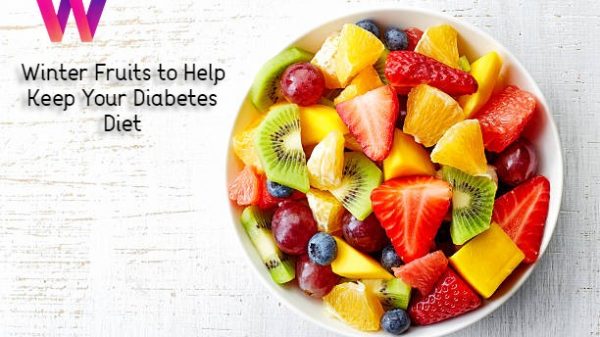Carbohydrates are often cast as the villains of modern diets. Low-carb programs like keto or paleo have only reinforced the idea that carbs are inherently “bad.” But this is far from the full picture. Carbohydrates are, in fact, the body’s preferred source of energy, fueling everything from brain activity to muscle movement. The real issue isn’t whether we eat carbs—it’s which kinds we choose and how much of them we consume.
This article takes a science-backed look at carbohydrates, cutting through myths to help you understand the role they play in health. By the end, you’ll know which carbs to embrace, which to limit, and how to build a balanced eating pattern that supports energy, weight management, and long-term wellness.
Table of Contents
What Are Carbohydrates, and Why Do They Matter?
Carbohydrates are one of the three macronutrients essential for life, alongside proteins and fats. Chemically, carbs are organic compounds made up of carbon, hydrogen, and oxygen. When consumed, they break down into glucose—the body’s primary fuel.
- Energy supply: Carbs provide 4 calories per gram. Unlike fat and protein, they’re the most readily available source of fuel, especially important for the brain and nervous system, which rely heavily on glucose.
- Glycogen storage: Excess glucose is stored as glycogen in the liver and muscles. This reserve helps maintain stable blood sugar between meals and supports endurance activity.
- Biological roles: Carbs also play structural roles in DNA, cell recognition, and gut health (through fibers that feed beneficial bacteria).
However, not all carbs act the same way in the body. Their impact depends on their structure, fiber content, and how quickly they’re digested. This brings us to the distinction between simple and complex carbohydrates.
Good Carbs vs. Bad Carbs: The Key Differences
Simple vs. Complex
- Simple carbohydrates: Made of one or two sugar units (glucose, fructose, sucrose). Found in table sugar, syrups, candy, and sugary drinks. They’re digested quickly, causing rapid spikes in blood sugar.
- Complex carbohydrates: Longer chains of sugar units (starches and fibers). Found in whole grains, legumes, vegetables, and fruits. Digested more slowly, providing steady energy and satiety.
The Glycemic Index (GI)
The glycemic index measures how quickly a food raises blood sugar.
- High-GI foods: White bread, pastries, sodas → fast blood sugar spikes and crashes.
- Low-GI foods: Oats, beans, non-starchy vegetables → gradual release of glucose, helping with appetite and insulin control.
Nutrient Density
Good carbs typically come packaged with fiber, vitamins, and minerals. Refined carbs, on the other hand, are stripped of fiber and nutrients, delivering mostly empty calories.
So, instead of labeling carbs as simply “good” or “bad,” it’s better to think of them as nutrient-rich vs. nutrient-poor.
Healthy Carbohydrate Foods to Eat Regularly
If you want carbs that energize, nourish, and protect long-term health, these categories should be your foundation:
Whole Grains
- Examples: Brown rice, oats, quinoa, barley, whole wheat, bulgur.
- Benefits: High in fiber (promotes digestion, lowers cholesterol), contain B vitamins and iron, linked to reduced risk of heart disease and type 2 diabetes.
- Tip: Look for “100% whole grain” or “whole wheat” on labels; avoid “enriched flour.”
Fruits
- Examples: Apples, berries, oranges, bananas, kiwi.
- Benefits: Natural sugars balanced with fiber, vitamins, antioxidants. Fiber slows glucose absorption, preventing sugar spikes.
- Tip: Eat whole fruits rather than juices for maximum fiber.
Vegetables
- Examples: Leafy greens, broccoli, carrots, bell peppers, sweet potatoes.
- Benefits: Rich in vitamins, minerals, antioxidants, and fiber. Starchy vegetables like sweet potatoes provide steady energy.
- Tip: Fill half your plate with a variety of vegetables daily.
Legumes
- Examples: Lentils, chickpeas, black beans, kidney beans.
- Benefits: Packed with fiber, plant-based protein, iron, and magnesium. Have a very low glycemic index, keeping blood sugar stable.
- Tip: Swap legumes in place of refined carbs like white rice or pasta for more satiety.
Nuts and Seeds
- Examples: Almonds, walnuts, chia seeds, flaxseeds.
- Benefits: Provide fiber plus healthy fats, making them great for heart health.
- Tip: Use as toppings for oatmeal, yogurt, or salads.
Carbs to Limit or Avoid
Not all carbs contribute positively to health. Some provide quick energy but no lasting benefits—and when consumed excessively, they raise risks for obesity, type 2 diabetes, and cardiovascular disease.
Sugary Drinks and Juices
- Why avoid: Contain liquid sugar that rapidly enters the bloodstream. No fiber, no satiety.
- Examples: Soda, energy drinks, sweetened iced teas, packaged juices.
Refined Grains
- Why avoid: Stripped of fiber and nutrients; act like sugar in the body.
- Examples: White bread, white rice, regular pasta, pastries.
Ultra-Processed Foods
- Why avoid: Often combine refined carbs with unhealthy fats and salt.
- Examples: Cookies, chips, donuts, instant noodles.
Sweet Snacks and Desserts
- Why avoid: High in added sugar and calories, low in nutrients.
- Examples: Candy, cakes, ice cream, sugary cereals.
Occasional indulgence is fine, but the key is limiting frequency and portion sizes.
How to Build a Balanced Carb-Friendly Diet
Knowing the difference between healthy and less-healthy carbs is one thing—actually putting it into practice daily is another. Here’s how to approach carbs intelligently:
Emphasize Whole, Minimally Processed Foods
Make fruits, vegetables, whole grains, and legumes the stars of your plate. Use refined products sparingly.
Mind Portion Sizes
Even healthy carbs can be overeaten. A good rule:
- ¼ of your plate = whole grains or starchy veg
- ½ = non-starchy vegetables
- ¼ = protein + healthy fat
Pair Carbs with Protein and Healthy Fat
This slows digestion and keeps blood sugar stable. Example: Oatmeal with nuts and berries, or brown rice with beans and avocado.
Read Nutrition Labels
Watch for added sugars (anything ending in “-ose” or syrups). Aim for high fiber (3g+ per serving) and low added sugar.
Consider Timing
Athletes and active individuals benefit from eating more carbs around workouts. Sedentary individuals may want to scale back portions during periods of low activity.
Conclusion: Carbs as Allies, Not Enemies
Carbohydrates aren’t the enemy. They’re a vital energy source and part of a healthy diet when chosen wisely. The real key is focusing on quality over quantity: whole, fiber-rich carbs nourish the body, while refined and sugary carbs undermine health when eaten excessively.
By understanding the science behind how different carbs work in the body, you can eat with confidence—choosing foods that fuel your brain, stabilize your blood sugar, and protect your long-term health.
Carbs aren’t about restriction—they’re about selection. When you pick the right ones, they stop being the problem and start being the solution.











